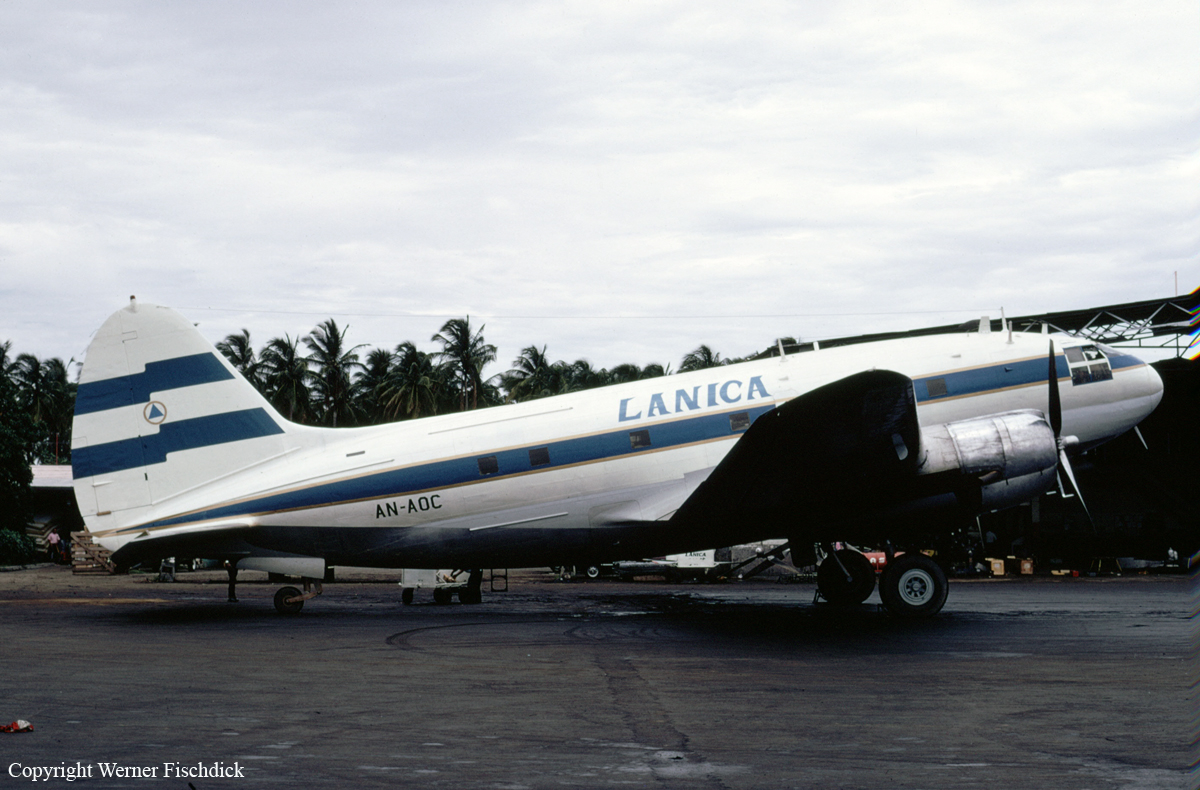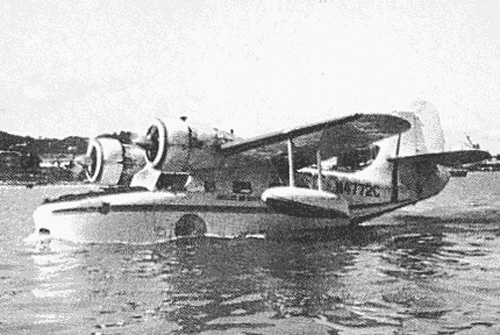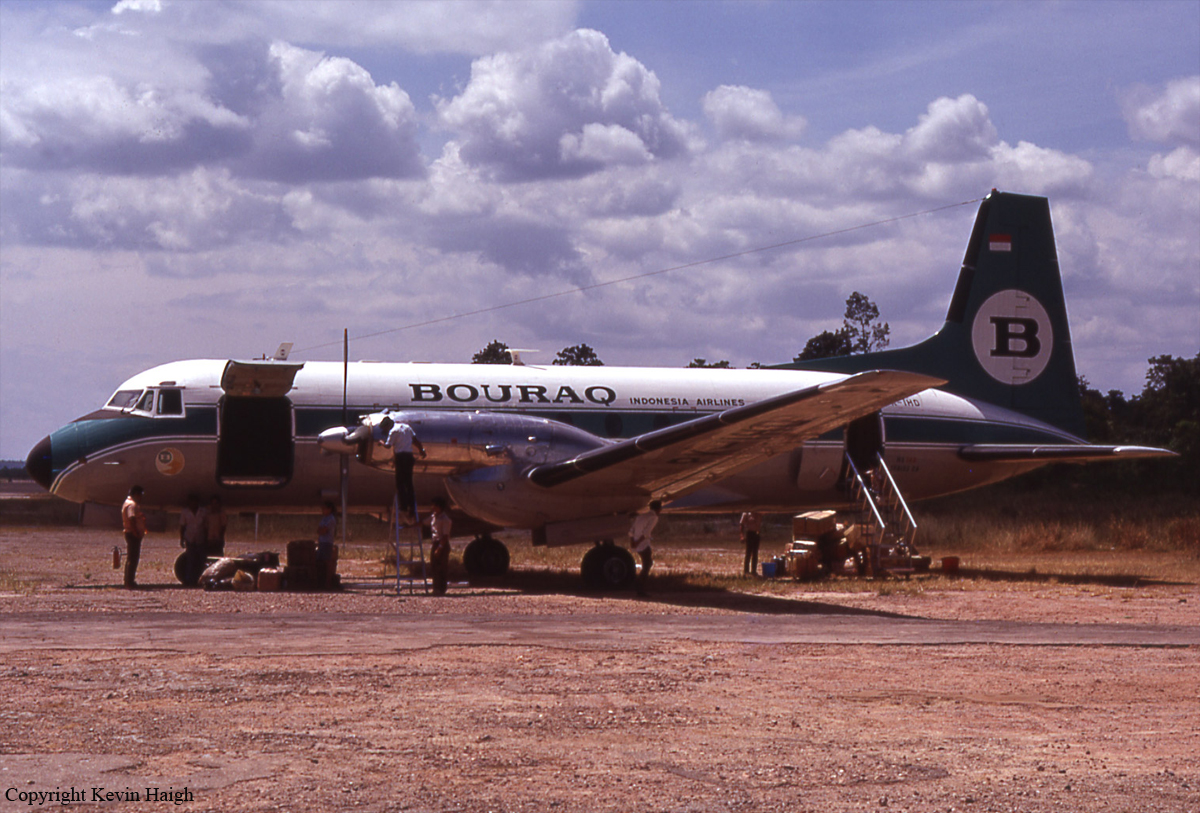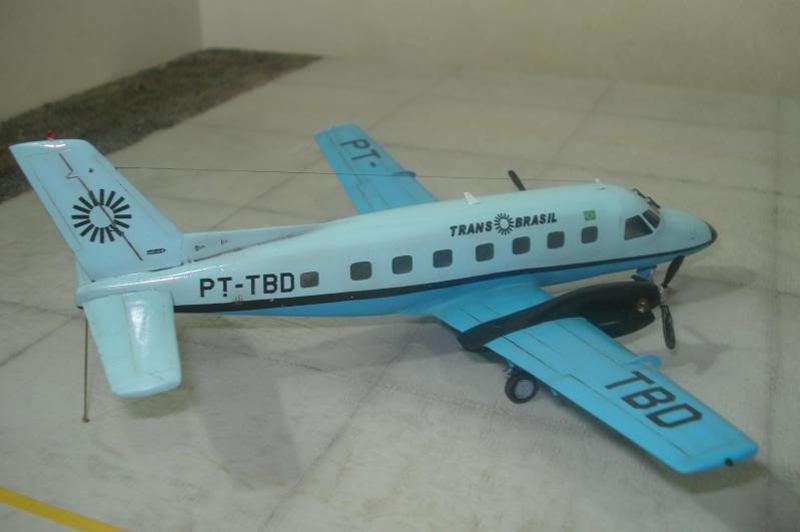Crash of an Antonov AN-24RV in Saratov
Date & Time:
Mar 10, 1976
Registration:
CCCP-46613
Survivors:
Yes
Schedule:
Ufa – Saratov
MSN:
3 73 086 10
YOM:
1973
Crew on board:
5
Crew fatalities:
Pax on board:
52
Pax fatalities:
Other fatalities:
Total fatalities:
0
Circumstances:
On a night approach to Saratov-Tsentralny Airport, the pilot allowed the aircraft to drop below the glide path. The twin engine aircraft hit the runway surface with a positive acceleration of 2.35 g, bounced and nosed down prior to hit the runway a second time with a positive acceleration of 3 g. The aircraft went out of control, veered off runway to the left and came to rest in flames in a grassy area. While the aircraft was destroyed, all 57 occupants were evacuated safely.
Probable cause:
Wrong approach configuration on part the of the crew who failed to follow the approved and published procedures.














